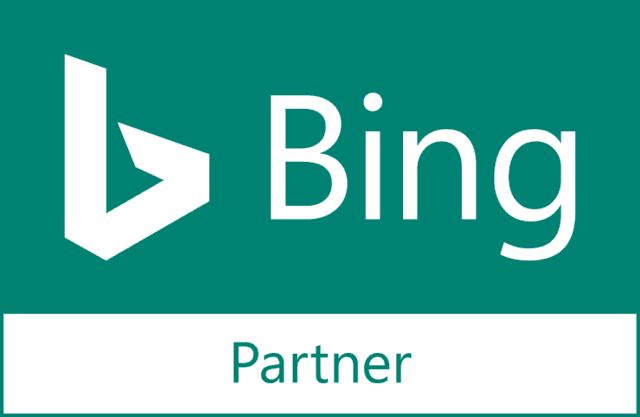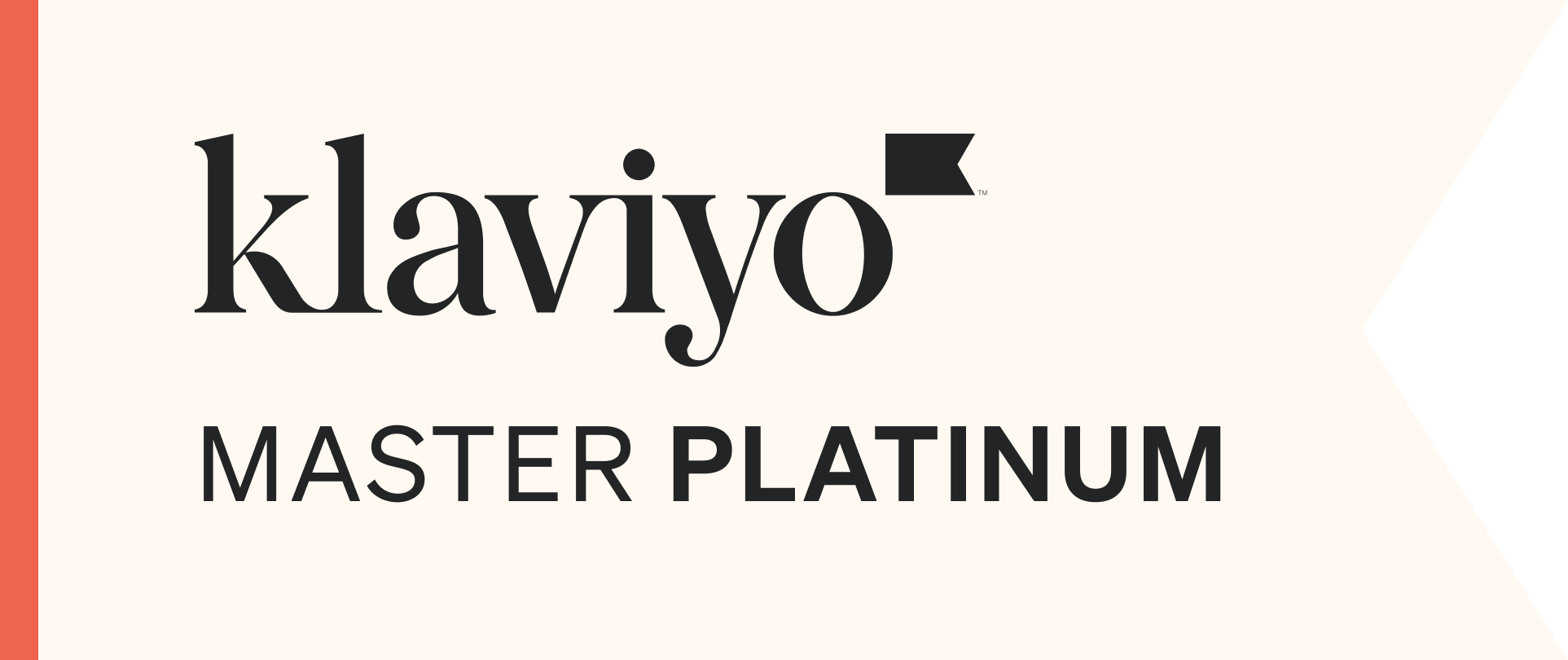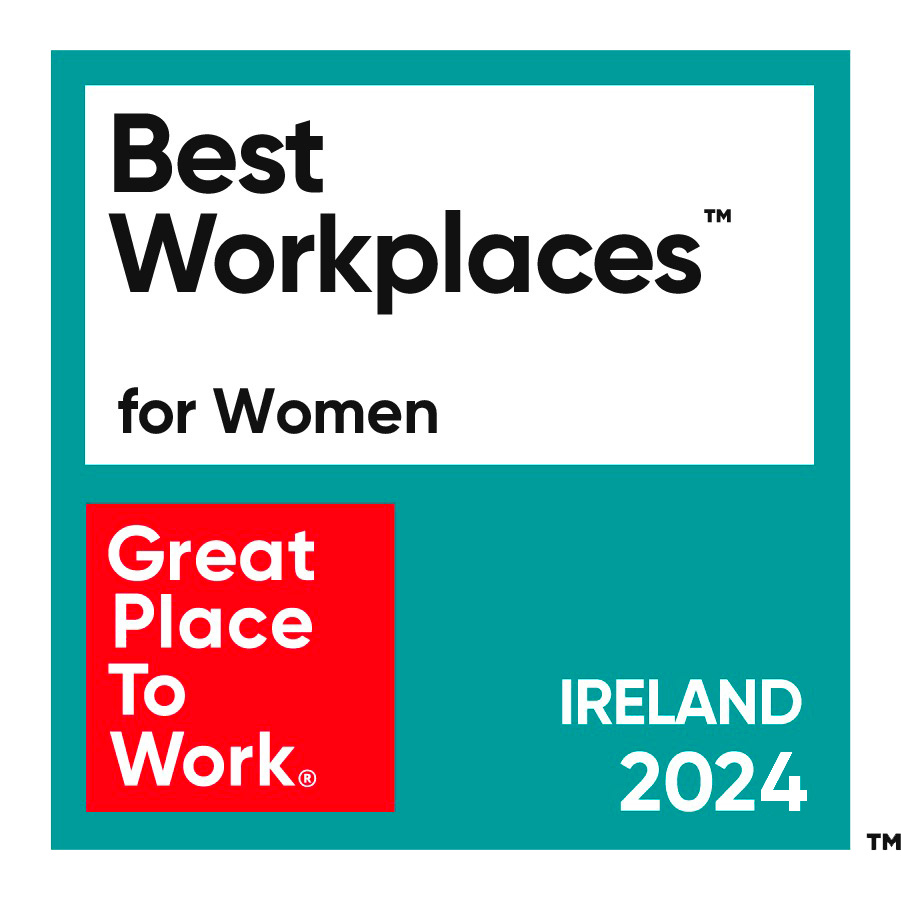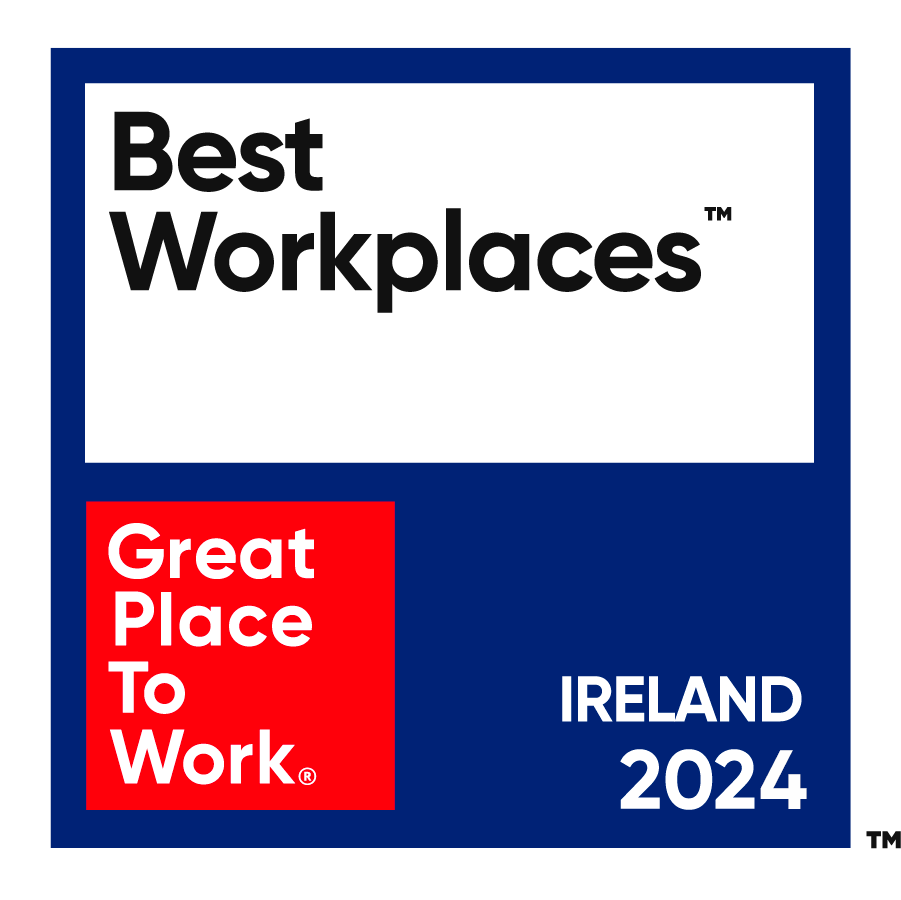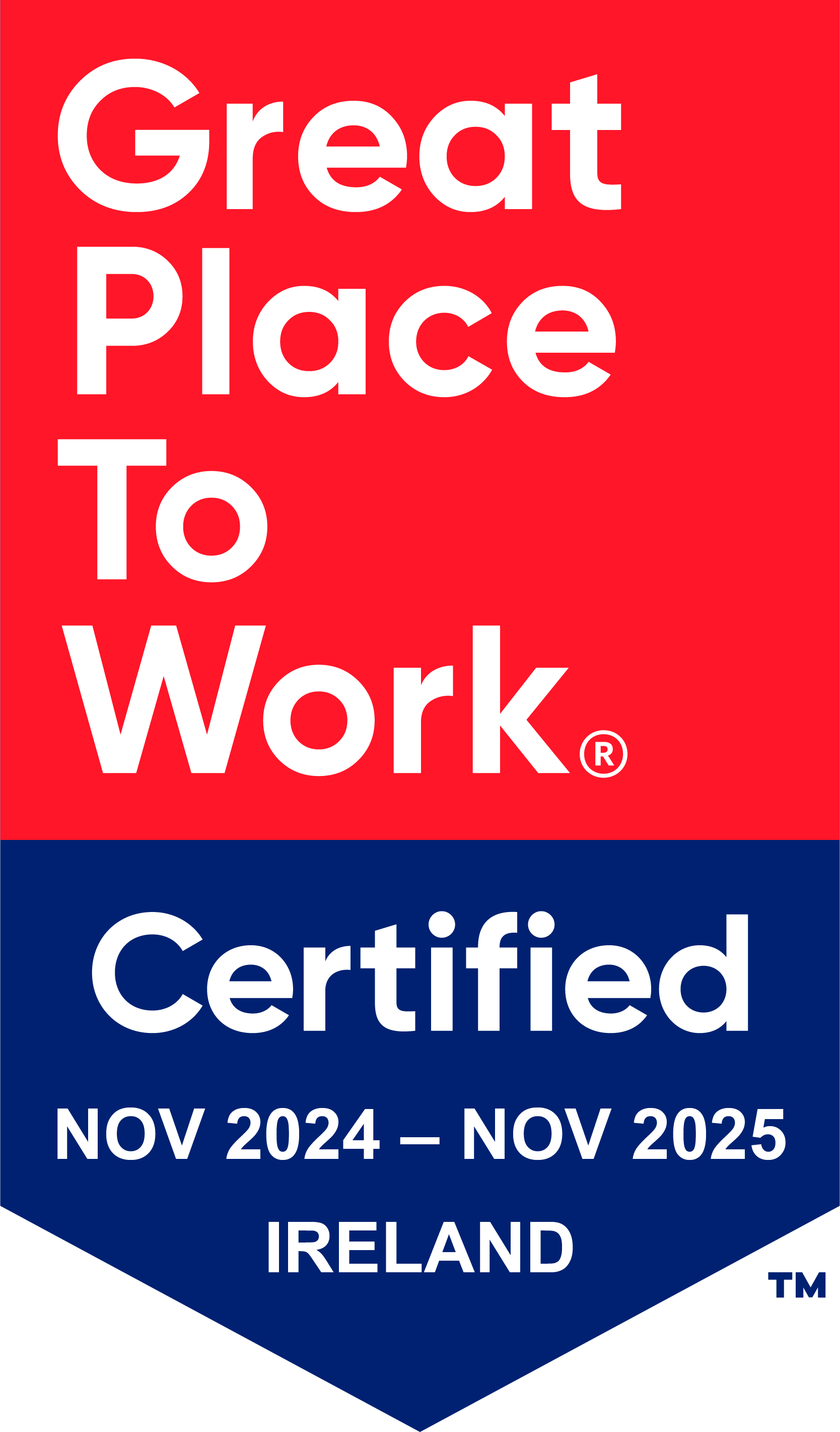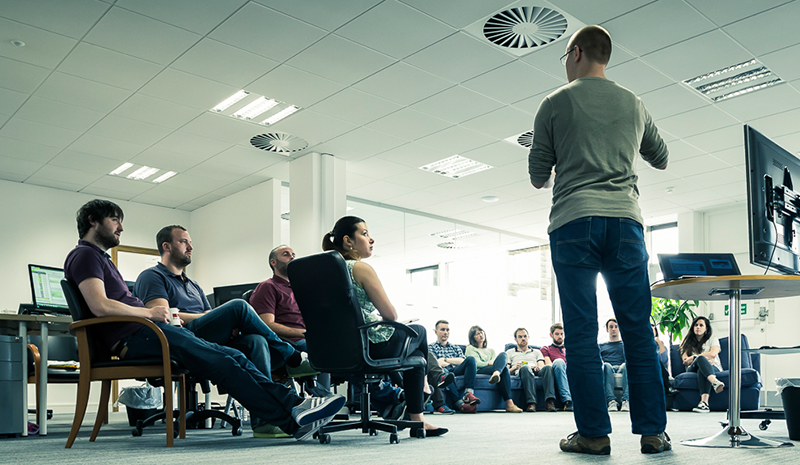By Alan Coleman on 2 Jan 2014
This is the story all about how our site got flipped, turned upside down. And I’d like to take a minute just sit right there; I’ll tell you how we became ranked #1 for ‘Google’ on Google Image Search (catchy, I know).
Machine Learning and Big Data
Back in August, I came across an interview with Google scientist, Jeff Dean, in the Puget Business Sound Journal. In this interview, Jeff discusses his role in Google, where he works as part of the Systems Infrastructure Group to improve the Google search functionality and to teach it how to better understand search queries. I haven’t always been a marketer. Before I started working in Wolfgang Digital I studied Computer & Electronic Engineering in Trinity College Dublin. The areas I was particularly interested in were data engineering and knowledge engineering, and I wrote my thesis about the Semantic Web. I found this article fascinating as it combined two areas that I’m very interested in. On the face of it, it was about machine-learning and big data. It was an interesting look at how Google teach their systems, in order to return more relevant search results. But look a little deeper, and you realise that what you’re reading is a really great insight into how Google think. I felt that this insight could have some important implications for digital marketers in planning long-term strategy. I felt that this was something that would be valuable to our online community and something that would be of genuine interest to them. An Opportunity to Create Great (Useful) Content I wrote a blog post about the interview and tried to explain it in simple terms, so people could easily interpret the implications and what they mean to us as marketers. Essentially, I wanted to use my knowledge of the technical nature of the interview to make it easy to understand for someone without an engineering background. After the blog post was finished, my colleague Siobhan worked her magic sourcing images and implementing page titles and alt tags, as well as distributing it on on Twitter and Google+ on the afternoon of Thursday the 29th of August. And that was that. I moved on to my next project and, to be honest, didn’t think too much about it.
Two Months Later: Traffic Explosion
Until Friday the 25th of October. I was working away at my desk when Alan, our CEO, came up the stairs and asked, ‘Rob, do you have any idea what’s going on with that Smart Search blog post you wrote?’ I hadn’t a clue what he was talking about until he pointed out that over the past week the average number of people viewing that blog post per day had jumped by a factor of 30. All of a sudden, on the 18th of October, there were 30 times the number of people reading that blog post on a daily basis.  Not only that, but people were now spending more time on the page, and the bounce rates were lower. We could see from Google Analytics that this new traffic was coming from Google, but thanks to ‘(not provided)’ we didn’t know what keywords people were coming in on. So we took to Google and began searching anything we could think of to try and figure out why we were suddenly seeing such a huge increase in traffic. After a lot of trial and error, I searched for ‘Google’ in Google image search. Lo and behold, there was my blog post.
Not only that, but people were now spending more time on the page, and the bounce rates were lower. We could see from Google Analytics that this new traffic was coming from Google, but thanks to ‘(not provided)’ we didn’t know what keywords people were coming in on. So we took to Google and began searching anything we could think of to try and figure out why we were suddenly seeing such a huge increase in traffic. After a lot of trial and error, I searched for ‘Google’ in Google image search. Lo and behold, there was my blog post.
Ranking #1 for Google on Google
Ranked #1 on both Google.ie and Google.com.  We were ranked ahead of mainstream, international media outlets such as Wired, the Guardian, Mashable and the New Yorker. We are a small Irish digital marketing company with 12 employees, and we were outranking some of the biggest and most well-known companies in the world. We were getting traffic from all over the world; from Albania to Zimbabwe, El Salvador to Vietnam. We suddenly had readers from 99 different countries all over the world. Using Lead Forensics (this is a really useful and interesting tool which tells you who has been on your website) we could see that some of these views were coming from some huge and very important companies, both within our industry and outside it, particularly in the USA and UK. But there was only one question on our lips. A question that we couldn’t stop asking ourselves.
We were ranked ahead of mainstream, international media outlets such as Wired, the Guardian, Mashable and the New Yorker. We are a small Irish digital marketing company with 12 employees, and we were outranking some of the biggest and most well-known companies in the world. We were getting traffic from all over the world; from Albania to Zimbabwe, El Salvador to Vietnam. We suddenly had readers from 99 different countries all over the world. Using Lead Forensics (this is a really useful and interesting tool which tells you who has been on your website) we could see that some of these views were coming from some huge and very important companies, both within our industry and outside it, particularly in the USA and UK. But there was only one question on our lips. A question that we couldn’t stop asking ourselves.
How did this happen?
To be honest with you, we still don’t know for sure. We hadn’t done anything with the content since we had created and originally tweeted and +1’d it. How could it be possible for a small, Dublin based digital marketing company be outranking everyone else in the world for the search term ‘Google’? And why did it suddenly happen almost two months after the content was posted? As I said, we don’t know for sure, but we have a few theories regarding contributing factors. They’re a few of our golden rules for creating content and in this case it looks like the combination may have been a perfect storm in terms of our Google ranking.1. 1. Don’t write content for content’s sake. When I originally read the interview with Jeff Deans, I found it genuinely interesting. It appealed to my engineering background as it was, first and foremost, quite a technical discussion about how Google teach their systems to become smarter and more accurate. It also, however, appealed to the marketer in me. It was an insight into the mind of Google and a strong indication of their long-term goals. And in this industry, particularly in Ireland, staying on top of what Google are doing is vital to succeed. Most importantly, though, I felt that I could add value to the conversation. I felt that by taking the technical discussion, interpreting it and bringing it to our community, I’d be sharing the insights I took from it with an audience who otherwise may not have seen them. People can tell the difference between content created for the sake of writing content, and content written by someone who is passionate about the subject at hand and who genuinely wants to contribute something interesting to the discussion. People recognise passion and they respond to it. 2. Don’t underestimate the importance of meta-data, authorship, etc. We have Google authorship set up for all of our blog posts and if you don’t, you should. Now, I know this is a point of contention, but we have seen some really amazing results from it and there’s also the added bonus of getting to see your face in the Google search results page, which is always nice. ![]() People want to see the person behind the content. People aren’t interested in what companies have to say because companies are untrustworthy. People relate to people, not businesses. When your face is shown in the search results it tells the user that a real person actually sat down and took the time to create some content, as opposed to the content being churned out by some sort of corporate machine. It also links all of your different pieces of content to you and Google love this. If I’m putting my hand up and saying ‘this is what I think’, Google seems to trust this more than an anonymous author. Similarly, if I have been writing content about Google for the best part of a year and this content is being regularly read and shared, Google see me as an ‘authority’ in the area, and will assume that what I have to say is interesting and relevant (which it is, by the way). Our content queen, Siobhan, looked after all of the meta-info and tagging for me before we posted the article. As far as I’m concerned, there is no way the blog post would have been ranked so highly for such a competitive search term without correct and proper tagging. This kind of information still plays a big part in letting Google know what your content is about. Don’t ignore that. 3. Don’t forget to use images. Reading huge blocks of text can get tiresome and boring. By adding images to your articles you are giving your reader something to take in visually. This makes the article feel easier to read because people engage more with visual content than they do with words. Also, and I don’t think the importance of this can be stressed enough, we ranked number 1 in Google Image Search. Image search rankings aren’t spoken about much, but we never would have gotten to position 1 on the regular search results page for the search term ‘Google’. Image search became a remarkably good traffic source for us and what was even more amazing, in my eyes, was the fact that this traffic was staying on the page and continuing on to other pages on our website. Also, who doesn’t love a good picture of a robot?
People want to see the person behind the content. People aren’t interested in what companies have to say because companies are untrustworthy. People relate to people, not businesses. When your face is shown in the search results it tells the user that a real person actually sat down and took the time to create some content, as opposed to the content being churned out by some sort of corporate machine. It also links all of your different pieces of content to you and Google love this. If I’m putting my hand up and saying ‘this is what I think’, Google seems to trust this more than an anonymous author. Similarly, if I have been writing content about Google for the best part of a year and this content is being regularly read and shared, Google see me as an ‘authority’ in the area, and will assume that what I have to say is interesting and relevant (which it is, by the way). Our content queen, Siobhan, looked after all of the meta-info and tagging for me before we posted the article. As far as I’m concerned, there is no way the blog post would have been ranked so highly for such a competitive search term without correct and proper tagging. This kind of information still plays a big part in letting Google know what your content is about. Don’t ignore that. 3. Don’t forget to use images. Reading huge blocks of text can get tiresome and boring. By adding images to your articles you are giving your reader something to take in visually. This makes the article feel easier to read because people engage more with visual content than they do with words. Also, and I don’t think the importance of this can be stressed enough, we ranked number 1 in Google Image Search. Image search rankings aren’t spoken about much, but we never would have gotten to position 1 on the regular search results page for the search term ‘Google’. Image search became a remarkably good traffic source for us and what was even more amazing, in my eyes, was the fact that this traffic was staying on the page and continuing on to other pages on our website. Also, who doesn’t love a good picture of a robot?  So where are we now? The post in question is now our most read blog post ever, with almost twice as many pageviews as our next most viewed page. When we learned that people were coming to the page after searching the term ‘Google’, we expected to see high bounce rates. However, the bounce rate is actually below average and is the 7th lowest of any of our blog posts with more than 100 pageviews. Since it made it to position 1 on Google.com, that page has received 30% of the total pageviews on our website, and has almost twice as many as the homepage. And this isn’t a quiet time of year for us. Between the Web Summit and preparations for Christmas this has historically been one of our busiest times of the year. At the time of writing we are still showing in the first position for the search term ‘Google’ in image search on Google.ie. However, we don’t seem to show up at all anymore on Google.com for the same search term. We’ve seen traffic on the blog post drop off back to just above where it was before this whole wild ride began.
So where are we now? The post in question is now our most read blog post ever, with almost twice as many pageviews as our next most viewed page. When we learned that people were coming to the page after searching the term ‘Google’, we expected to see high bounce rates. However, the bounce rate is actually below average and is the 7th lowest of any of our blog posts with more than 100 pageviews. Since it made it to position 1 on Google.com, that page has received 30% of the total pageviews on our website, and has almost twice as many as the homepage. And this isn’t a quiet time of year for us. Between the Web Summit and preparations for Christmas this has historically been one of our busiest times of the year. At the time of writing we are still showing in the first position for the search term ‘Google’ in image search on Google.ie. However, we don’t seem to show up at all anymore on Google.com for the same search term. We’ve seen traffic on the blog post drop off back to just above where it was before this whole wild ride began.  As quickly as it started, the adventure appears to have ended. However, it is, in my opinion, a great example that you don’t need to have limitless resources or an incredible global profile to succeed on Google. All you need is a well thought-out strategy, and then to implement that strategy as best you can. And with a bit of luck, you could end up seeing some amazing results yourself. It’s a long-term project that needs you to wholly commit to it. Be patient. We’ve been doing this for the best part of a year now. And if you ever feel yourself losing heart, just think back on that two week period when a small Irish company, with only a dozen employees, were ranked number 1 in the world for ‘Google’.
As quickly as it started, the adventure appears to have ended. However, it is, in my opinion, a great example that you don’t need to have limitless resources or an incredible global profile to succeed on Google. All you need is a well thought-out strategy, and then to implement that strategy as best you can. And with a bit of luck, you could end up seeing some amazing results yourself. It’s a long-term project that needs you to wholly commit to it. Be patient. We’ve been doing this for the best part of a year now. And if you ever feel yourself losing heart, just think back on that two week period when a small Irish company, with only a dozen employees, were ranked number 1 in the world for ‘Google’.


